Best RTX 5080 Cooling Solutions: Top-Performance GPU Cooling Tips & Tricks
[PartyR] Gigabyte’s AORUS Master truly stands out in the 50-series GPU lineup with its exceptional cooling performance. What’s more impressive? While other brands were hiking prices sky-high, Gigabyte cards remained consistently available at MSRP—making them a gamer’s best friend during the shortage.

[Shy] The massive heatsinks on the 5080 do raise eyebrows—they’re practically identical in size to the 90-series, with only the Founders Edition being slightly more compact. And let’s talk about that VRAM: 16GB feels like a missed opportunity when 20GB would’ve been the sweet spot for future-proofing.
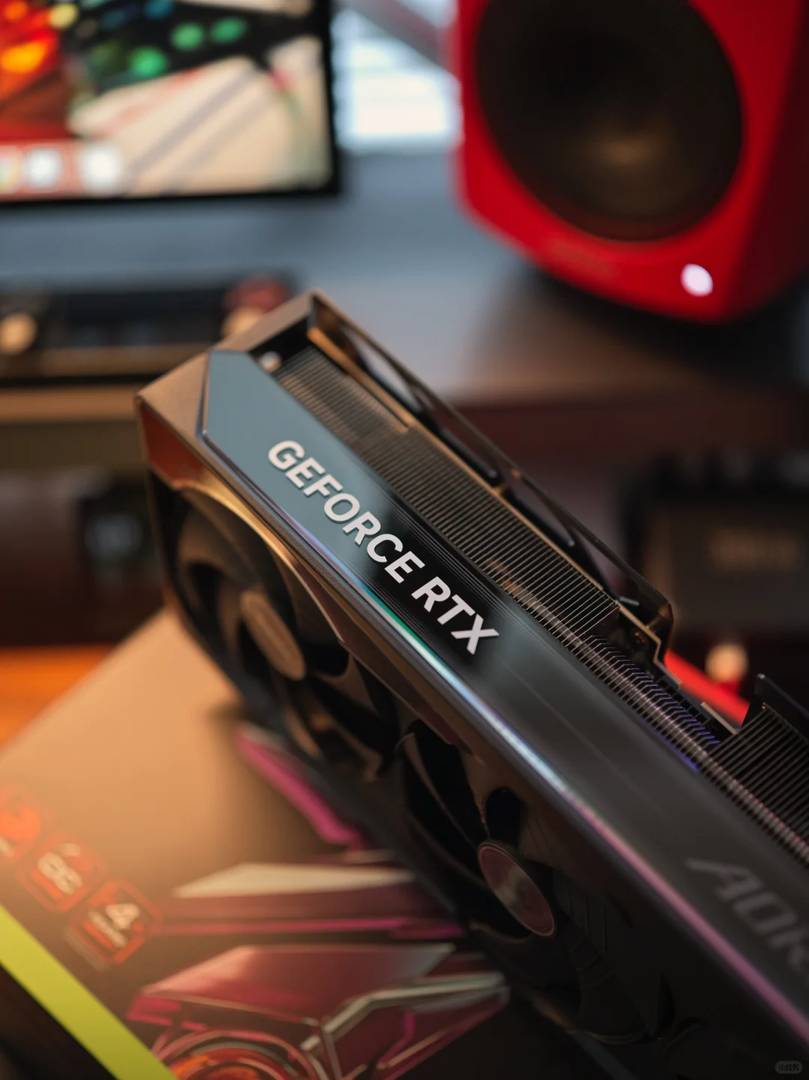
[Facepalm] As someone who values compact builds, these behemoth cards are a nightmare. The moment you install one, your case looks packed to the brim. It’s clear that without manufacturing breakthroughs, the 50-series is brute-forcing performance through power-hungry designs—resulting in these ever-growing monstrosities.
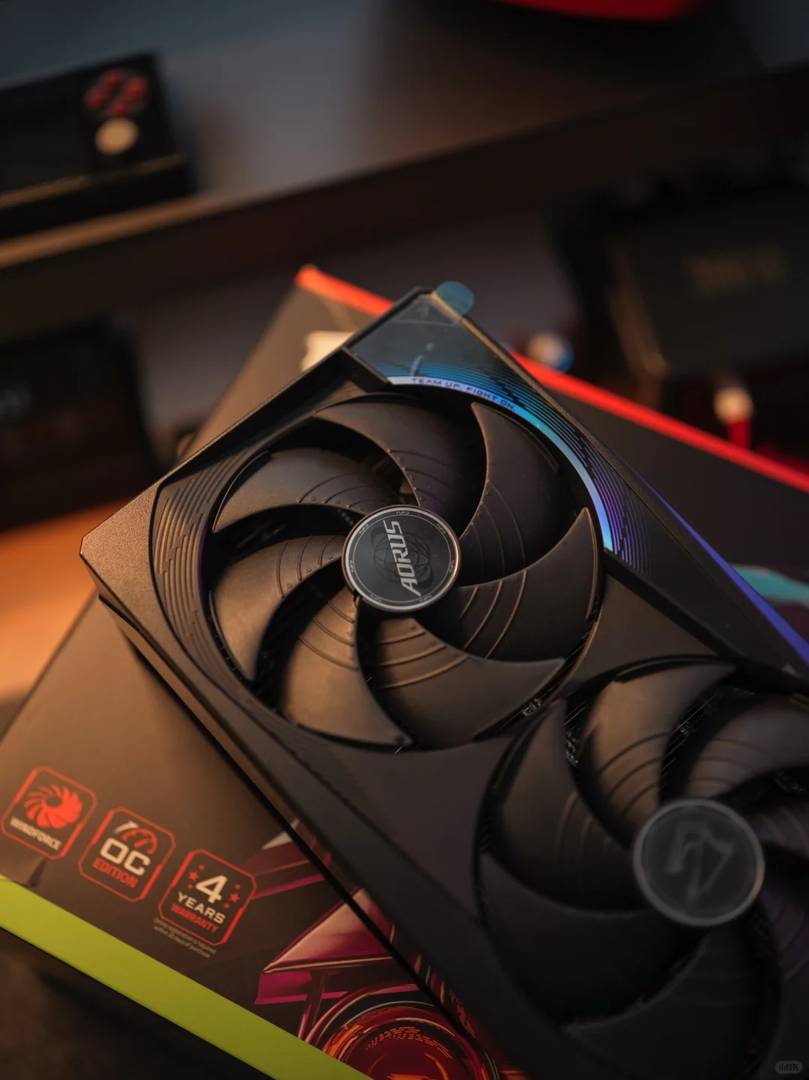
Here’s the bottom line: For 4K gaming enthusiasts, the 5080 at MSRP remains a solid choice given the limited alternatives. But if you’re rocking 2K or 1080p? Stick with the 40-series—they deliver the perfect combo of compact design, cool operation, stability, and sleek aesthetics.

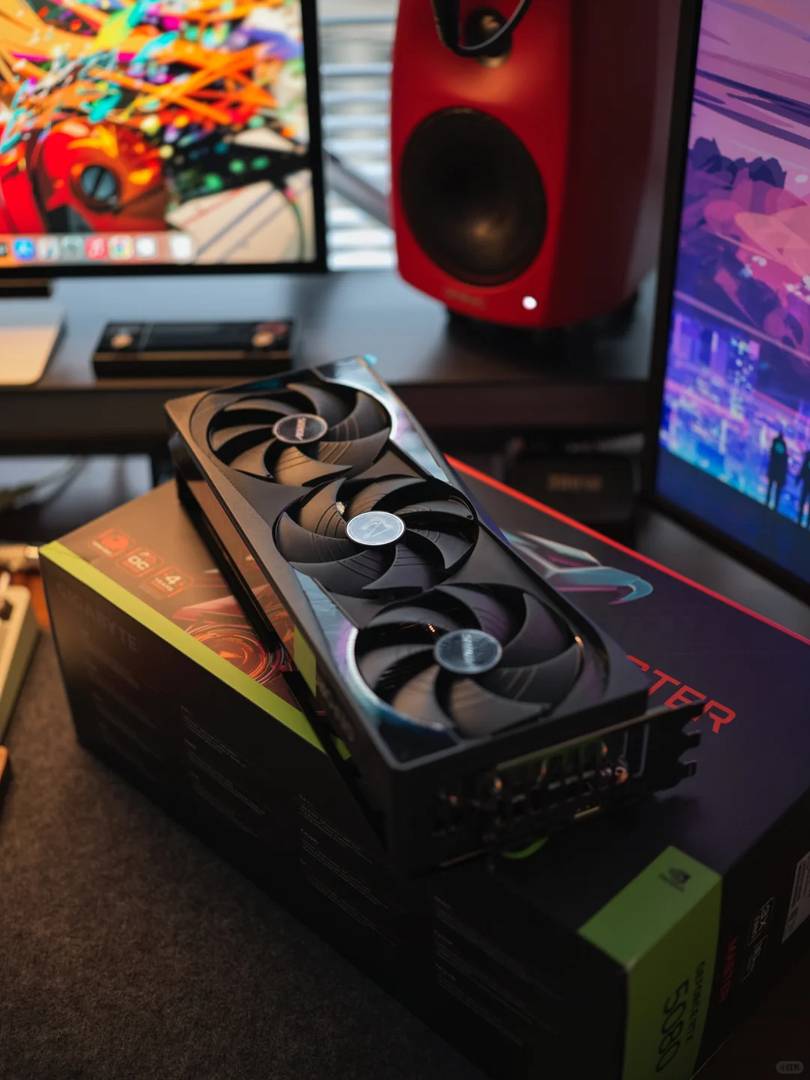
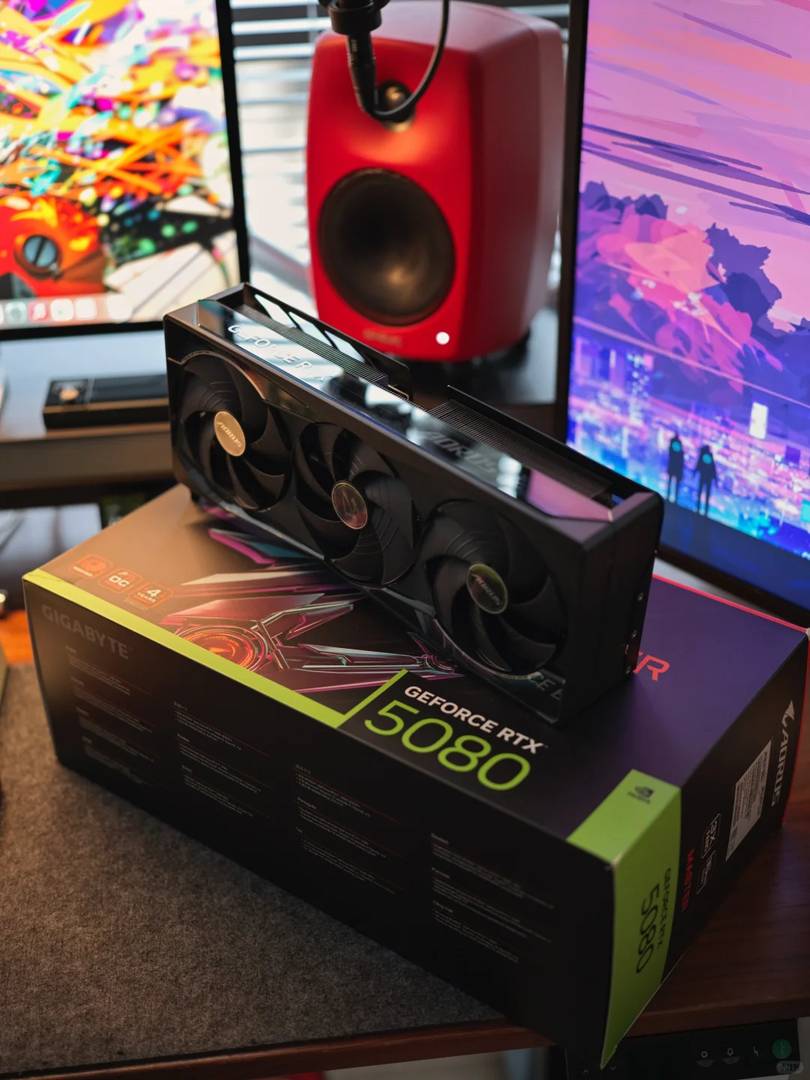
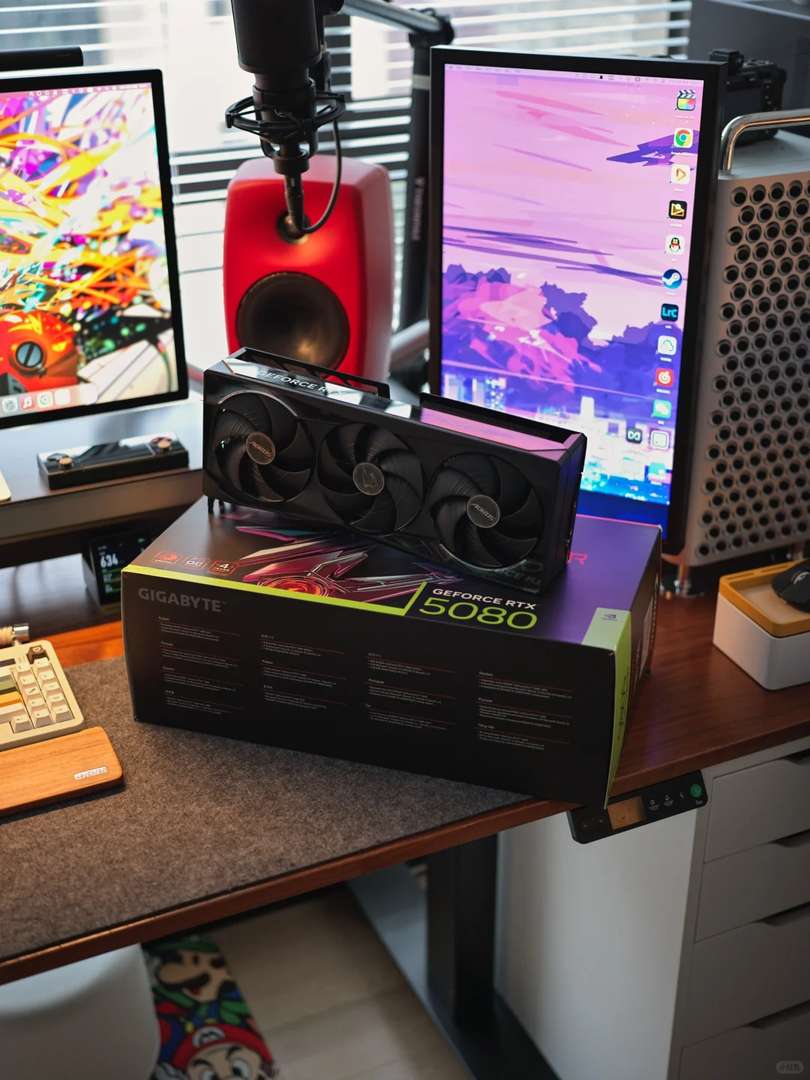
I totally agree that Gigabyte’s AORUS Master is a standout choice for cooling performance. The fact that they stuck to MSRP during the shortage is a big plus for gamers looking to save some cash without sacrificing quality.
I totally agree that Gigabyte’s AORUS Master is a standout option for cooling performance. It’s frustrating how other brands jacked up their prices, so it’s great to hear Gigabyte stuck to MSRP—it’s definitely gamer-friendly.
I’ve been eyeing the AORUS Master for its cooling performance, but the price stability is definitely a big plus. Those massive heatsinks are impressive, though I worry they might make the card too bulky for some setups.
Absolutely, the AORUS Master’s cooling performance and heatsink size are top-notch. While it’s true that the card is bulkier, many users find it doesn’t cause issues in most mid-to-high ATX cases. The price stability is a great bonus, especially given how volatile GPU prices can be. Thanks for sharing your thoughts—it’s always helpful to hear from fellow enthusiasts!
I totally agree that Gigabyte’s AORUS Master is a standout option for cooling performance. It’s frustrating how some brands exploited the shortage by jacking up prices, so it’s nice to see Gigabyte kept their cards at MSRP—it’s a relief for gamers trying to build on a budget.
I totally agree that Gigabyte’s AORUS Master is a standout option—it really nails the balance between cooling performance and price stability. The oversized heatsinks are wild but probably necessary given the power of these GPUs; I just hope they don’t make the card too bulky for smaller cases.
I totally agree that Gigabyte’s AORUS Master is a standout option for cooling—it really does a great job keeping temperatures down. The fact that they stuck to MSRP during shortages is a big plus for gamers who don’t want to break the bank.
I’ve been debating between Gigabyte’s AORUS Master and another brand for my next build, and this article really solidified my interest in the AORUS Master—it seems like it’s worth the investment for both performance and reliability. That said, I’m still a bit concerned about the massive heatsink size; fitting everything into my case is going to be a tight squeeze.
Thanks for your comment! The AORUS Master’s heatsink is indeed large, but many users find it manageable with mid-tower cases if you plan your build carefully—double-check the clearance on your case and ensure good airflow. If space is tight, you could also consider removing any unused case fans to make room. Either way, it’s great to hear you’re leaning toward the AORUS Master—it’s an excellent choice!
I had no idea the RTX 5080’s heatsink was so massive—it’s crazy how similar it is to the 90-series. Gigabyte’s AORUS Master sounds like a game-changer for keeping temperatures down without breaking the bank during shortages. I wonder how much difference that VRAM makes in real-world performance compared to older models.
Absolutely, the RTX 5080’s heatsink is massive and its design has some clear influences from the 90-series. The AORUS Master is indeed impressive—it offers great value while maintaining excellent cooling performance. In terms of VRAM impact, newer models typically handle higher resolutions and workloads more efficiently, giving a noticeable boost in gaming and content creation tasks. Thanks for your insightful comment!
The AORUS Master sounds like a solid pick, especially with the MSRP staying reasonable. That massive heatsink design is wild though—kinda makes me wonder how it fits in smaller cases. 16GB VRAM seems decent, but I’m curious if it’ll hold up for 4K gaming in a year or two.
Great question! The AORUS Master’s large heatsink does require a spacious case—I’d recommend checking your case’s GPU clearance (ideally 330mm+). As for 4K longevity, 16GB VRAM should handle most games for the next couple of years, though ultra settings in future titles might push limits. Thanks for sharing your thoughts—I’m a fan of its cooling performance too!
The AORUS Master sounds like a solid pick—good cooling and staying at MSRP is rare these days! Though I’m surprised the 5080’s heatsink is almost as big as the 90-series. Makes me wonder if future models will just keep getting bulkier.
Great observation! The 5080’s larger heatsink does reflect the growing thermal demands of high-performance GPUs. While bulkier designs might trend for flagship models, I’m optimistic about more efficient cooling innovations balancing size and performance. Thanks for sharing your thoughts—it’s a fun discussion!
The AORUS Master sounds like a solid pick—good cooling and staying at MSRP is a rare combo these days. Though I’m surprised the 5080’s heatsinks are that big, almost matching the 90-series! Makes me wonder if future models will just keep getting chunkier.
Great observation! The AORUS Master does strike a nice balance, and you’re right—heatsink sizes are creeping up. While future GPUs might get bulkier, I suspect manufacturers will focus on smarter cooling designs to avoid excessive size growth. Thanks for sharing your thoughts!
The AORUS Master sounds like a solid pick, especially with the MSRP staying reasonable. I’m curious though—does the huge heatsink size make it harder to fit in smaller cases, or is it manageable? Also, 16GB VRAM seems a bit tight for future-proofing, any thoughts on that?
Great questions! The AORUS Master’s heatsink is indeed large, so it’s worth checking your case’s GPU clearance—most mid-tower cases should handle it, but compact builds might struggle. As for VRAM, 16GB is solid for 1440p and even some 4K gaming now, though demanding future titles could push limits. Personally, I’d prioritize cooling efficiency if you’re not planning to upgrade soon. Thanks for the thoughtful comment!
The AORUS Master sounds like a solid pick, especially with the MSRP staying reasonable. I’m curious though—how loud are those massive heatsinks under load? And yeah, 16GB VRAM seems a bit underwhelming for a card this powerful.
The AORUS Master sounds like a solid pick, especially with the MSRP advantage during shortages. Though I’m curious—do those huge heatsinks make cable management a nightmare in smaller cases? Also, 16GB VRAM seems a bit tight for future-proofing next-gen games.
The AORUS Master sounds like a solid pick, especially with the MSRP staying reasonable. But I’m curious—how loud do those massive heatsinks get under heavy load? Also, 16GB VRAM seems a bit tight for future-proofing next-gen games.
Thanks for your thoughtful comment! The AORUS Master’s cooling system is surprisingly quiet under load—expect around 32-38 dB in most scenarios, which is impressive for its performance. While 16GB VRAM is decent now, I agree it might feel limiting for future ultra-high-res textures; if you’re planning long-term, waiting for a 24GB variant could be wise. Appreciate the discussion!
The AORUS Master sounds like a solid pick, especially with the MSRP staying reasonable. Though I’m curious—how loud do those massive heatsinks get under heavy load? And yeah, 16GB VRAM seems a bit tight for future-proofing next-gen games.
Great read! I was really surprised to hear that the 5080’s heatsinks are almost as big as the 90-series—definitely something to consider for my next build. Also, Gigabyte keeping their cards at MSRP during the shortage was a huge win for gamers.